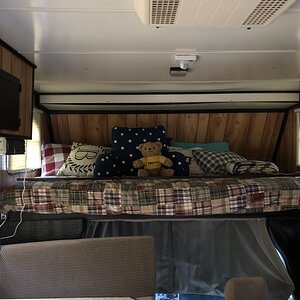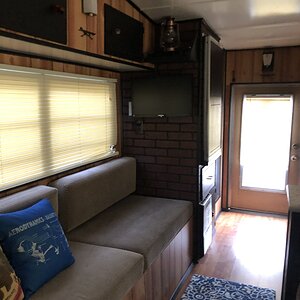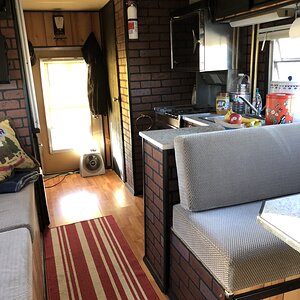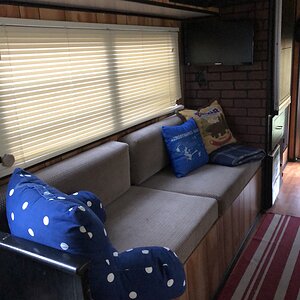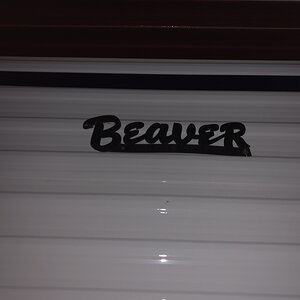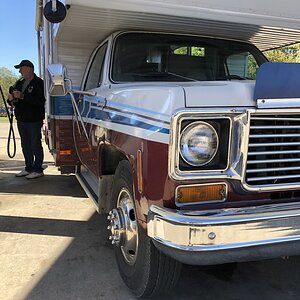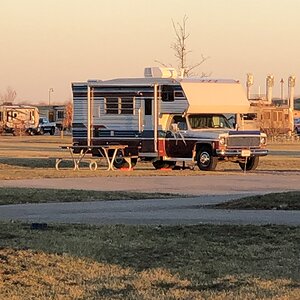I notice that the great majority of gas class As older than 2021 use the F53 Ford chassis with the 10 cylinder, 320 HP, 460 FP of torque engines. The same engine/chassis is used whether the rig is 28' or 38' long. Yikes!
I would think that for decent performance it is best to keep length below ~32 feet and gross weight below ~23,000-ish pounds? Is this a reasonable rule of thumb?
Do coaches longer and heavier than this have performance issues and struggles? Or is this just something you accept, go with the flow and don't sweat it?
I would think that for decent performance it is best to keep length below ~32 feet and gross weight below ~23,000-ish pounds? Is this a reasonable rule of thumb?
Do coaches longer and heavier than this have performance issues and struggles? Or is this just something you accept, go with the flow and don't sweat it?
Last edited:



